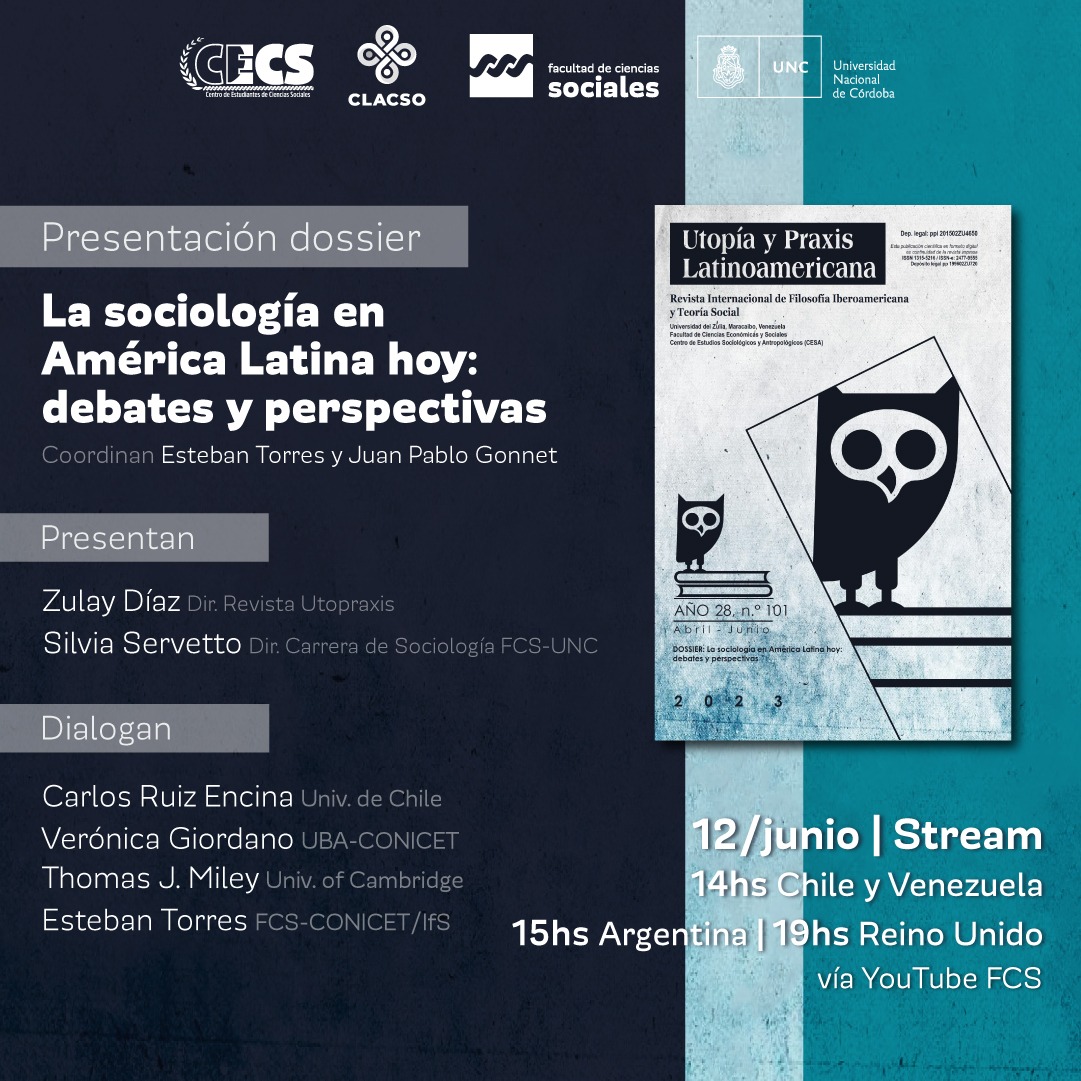Critical thinking in STEM (science, technology, engineering, and mathematics)
Resumen
ABSTRACT
The purpose of this study is to determine the place of critical thinking in the training of future teachers. To conduct the study, a survey of 200 full-time bachelor students of the Herzen State Pedagogical University of Russia was organized. All students study in Natural Sciences. The study analyzed several integrated tasks that can be aimed at the development of critical thinking. According to the results, critical thinking plays an important role in the educational process, which must be taken into account in the training of future teachers.
RESUMEN
El propósito de este estudio es determinar el lugar del pensamiento crítico en la formación de futuros maestros. Para llevar a cabo el estudio, se organizó una encuesta a 200 estudiantes de licenciatura a tiempo completo de la Universidad Pedagógica Estatal Herzen de Rusia. Todos los estudiantes estudian en ciencias naturales. El estudio analizó varias tareas integradas que pueden estar dirigidas al desarrollo del pensamiento crítico. Según los resultados, el pensamiento crítico juega un papel importante en el proceso educativo, que debe tenerse en cuenta en la formación de futuros docentes.
Citas
BIBLIOGRAPHY
BARRIE, SC, & PROSSER, M (2004). “Generic graduate attributes: Citizens for an uncertain future”. Higher Education Research and Development, 23(3), pp. 243-246.
BEHAR-HORENSTEIN, L, & NIU, L (2011). “Teaching Critical Thinking Skills in Higher Education: A Review of the Literature”. Journal of College Teaching and Learning, 8 (2), pp. 25–42.
BOWLES, K (2000). “The relationship of critical-thinking skills and the clinical-judgment skills of baccalaureate nursing students”. Journal of Nursing Education, 39(8), pp. 373-376.
CHANOCK, K (2000). “Comments on essays: do students understand what tutors write?”. Teaching in higher education, 5(1), pp. 95-105.
DUMITRU, D (2012). “Critical thinking and integrated programs”. The problem of transferability. Procedia-Social and Behavioral Sciences, 33, pp. 143-147.
FACIONE, NC, FACIONE, PA, & SANCHEZ, CA (1994). “Critical thinking disposition as a measure of competent clinical judgment: The development of the California Critical Thinking Disposition Inventory”. Journal of Nursing Education, 33(8), pp. 345-350.
FACIONE, PA, SANCHEZ, CA, FACIONE, NC, & GAINEN, J (1995). “The disposition toward critical thinking”. The Journal of General Education, 44, pp. 1–25.
FERO, LJ, O’DONNELL, JM, ZULLO, TG, DABBS, AD, KITUTU, J, SAMOSKY, JT, & HOFFMAN, LA (2010). “Critical thinking skills in nursing students: comparison of simulation‐based performance with metrics”. Journal of Advanced Nursing, 66(10), pp. 2182-2193.
HOSKINS, B, & CRICK, RD (2010). “Competences for learning to learn and active citizenship: different currencies or two sides of the same coin?”. European Journal of education, 45(1), pp.121-137.
JEEVANANTHAM, LS (2005). “Why teach critical thinking?”. Africa Education Review, 2(1), pp. 118–129.
KALOGEROPOULOS, P, RUSSO, JA, SULLIVAN, P, KLOOGER, M, & GUNNINGHAM, S (2020). “Re-enfranchising Mathematically-alienated Students: Teacher and Tutor Perceptions of the Getting Ready in Numeracy (G.R.I.N.) Program”. International Electronic Journal of Mathematics Education, 15(1).
KANBAY, Y, & OKANLI, A (2017). “The effect of critical thinking education on nursing students’ problem-solving skills”. Contemporary Nurse, 53(3), pp. 313-321.
KAYA, H, ŞENYUVA, E, & BODUR, G (2017). “Developing critical thinking disposition and emotional intelligence of nursing students: longitudinal research”. Nurse education today, 48, pp. 72-77.
LAUREANO, RMS, FERNANDES, AL, HASSAMO, S, & ALTURAS, B (2018). “Facebook Satisfaction and Its Impacts on Fundraising”: A Case Study at a Portuguese Non-Profit Organization. Journal of Information Systems Engineering & Management, 3(1), pp. 4-7.
MOHAMMADI, S, & YEKTA, P, (2018). “The Effect of Emotional Intelligence on Job Satisfaction among Stuff Nurses in Intensive Care Units”. UCT Journal of Social Sciences and Humanities Research, 6(2), pp. 1-7.
NATIONAL ACADEMIES PRESS (US) (2006). “Learning to think spatially: GIS as a support system in the K-12 curriculum”. National Academy Press.
NOORADI, M, BAGHERI NIA, H, & OULIAEY, A (2017). “Are the manager's bases of power related to job satisfaction?” UCT Journal of Management and Accounting Studies, 5(3), pp. 71-75.
NYSTROM, CL (2000). “Symbols thought, and reality: The contributions of Benjamin Lee Whorf and Susanne K. Langer to media ecology”. Atlantic Journal of Communication, 8(1), pp. 8-33.
PAKDEL, M, & ASHRAFI, M (2019). “Relationship between Working Capital Management and the Performance of Firm in Different Business Cycles”. Dutch Journal of Finance and Management, 3(1).
PARTNERSHIP FOR 21ST CENTURY SKILLS (2003). Learning for the 21st Century. Washington, DC: Partnership for 21st Century Learning.
POCE, A, CORCIONE, L, & IOVINE, A (2012). Content Analysis and Critical Thinking. An Assessment Study. Cadmo, 20 (1), pp. 47–63.
ROMANISH, B (1999). “Citizen as a juror: a metaphor for critical thought”. Journal of Thought, 34(3), pp. 63-72.
SCHLECHT, LF (1989). “Critical thinking courses: Their value and limits”. Teaching Philosophy, 12(2), pp. 131-140.
SOLDATOVA, EL, & POGORELOV DN (2018). “The Phenomenon Of Virtual Identity: The Contemporary Condition Of The Problem”. The Education and science journal, 20(5), pp. 105-124. (In Russa)
TIRUNEH, DT, VERBURGH, A, & ELEN, J (2014). “Effectiveness of Critical Thinking Instruction in Higher Education: A Systematic Review of Intervention Studies”. Higher Education Studies, 4(1), pp. 1-17.
UTEMOV, VV, KHUSAINOVA, RM, SERGEEVA, MG, & SHESTAK, VA (2018). “Full Packaged Learning Solutions for Studying Mathematics at School”. Eurasia Journal of Mathematics, Science and Technology Education, 14, p. 12.
ZHEMING, J (2000). “The opening of the national conference on education in Beijing”. People’s Daily, Overseas Edition, pp. 1–3.












